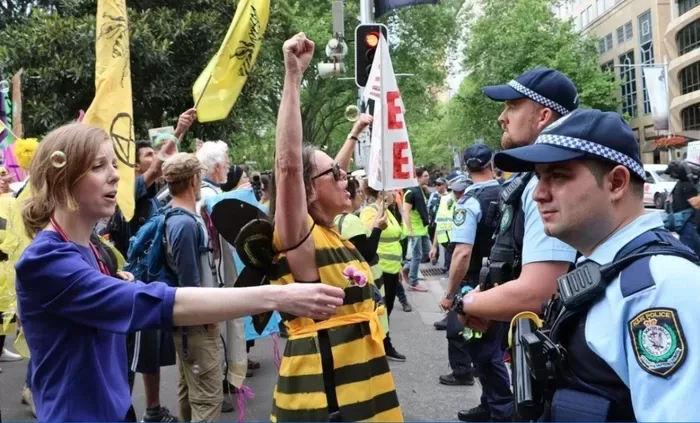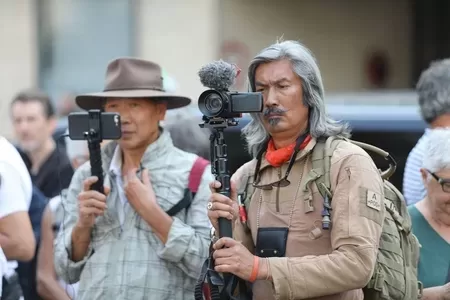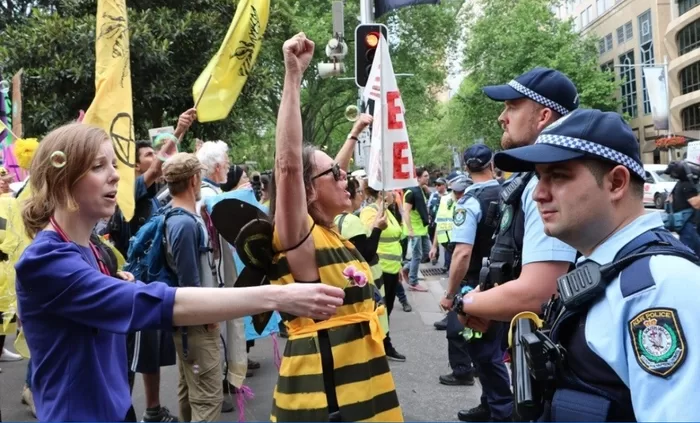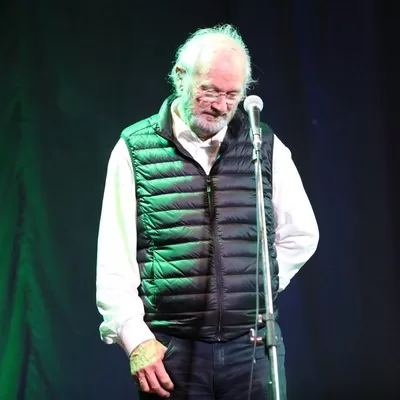Starting from scratch, it often takes five to ten years before a photographer makes a living from their photography, if at all. Freelance photography is a small business that depends on connections and contacts, and the commitments of others to employ and assign them.
The Freelance Photographer is often “between jobs”, and is a popular second job and past time of a salaried person who has covered his rent and living expenses. If the freelancer doesn’t have a regular income from an established and ongoing client base, then perhaps their definition is different than mine and they’re not freelancers. Working in the industry that you love and making lots of photos along the way is my ideal of a successful photographer.
Can I make money as a freelance photographer?
Short answer is no, most people won’t make a living from photography unless they have thousands of dollars worth of camera equipment and were selling photos every day. But you’re a contender if you’re hungry for the photo and are willing to do the work. The job is 80% nerdy computer work, 10% organising the event and 10% in photographer mode. Stats vary but show the time required editing and captioning photographs, contacting clients and running a small business is enormous.


Like many industries, the best 5% of photographers make 90% of the money in the industry. It normally takes 5-10 years establishing photography as a business, so start with the regular ongoing stable income that covers the rent and food during this creative time.
My advice is get a job in the industry that you love and make photos. If your goal is to be a National Geographic photographer, then become a ranger or work with animals. If News and Reportage and Documentary Photography is your thing, read about Weegee or see the AFP Freelancers course.
There are so many opportunities and so little money, it seems that there are more photographers than dollars on offer. We all have to cover the rent and food, so it’s best to have a stable job that provides an opportunity to make the photographs that you want to. Freelancing is done while looking for a staff photographer’s job, and they are rare and usually done through word of mouth.
My job at the London Daily Mail came via a recommendation from Reuters, 85 Fleet Street, London. Coming down from over a hundred newspapers per day to one a day, and one a week on the Sunday Mail, was a dream job in their glass, marble and chrome tower with atrium while I studied my MBA & wrote a thesis on European picture agencies and the future of work in the publishing industry in the digital age. I did a day at Rex Features as Ideas Person and interviewed for the organiser of the London Fashion Show and Brands Hatch. The relationship between picture editor and freelancers is crucial as the editor decides which photos are used and who takes them.
Our story on Speos Magnum documentary & AFP photojournalism courses
Is a photography studio a good business?
Running a commercial studio can be very expensive, very quickly, so it is advisable to work from home until there is income and only if a studio is necessary. $200 LED lights on stands are a full portable studio fitting in two bags.
My profitable commercial studio had three projects going every day. One project just starting, possibly the first day of a bigger shoot. One project where it was all hands on deck, photographing, doing the fun part of the job. One project finalising and going out the door to the client. Prepping for the next day was the last job of the day.
Watch the budget, it can easily get over $1000 a day expenses when you’ve got talent booked. Shooting jobs on speculation is ballsy so I imagine the photographs on a wall or magazine feature and have the editor’s interest before risking my capital.
Selling framed photographs is generally part of the photographer’s job description, so they need to have framing organised. Find a good framer so try and on sell work for them. Picture framing is an income stream if you have inquiries and the counter for clients to view their art work. If you live in a suburb with a transient population, say Cronulla or any beach, and have the skills and facilities to frame people’s treasured art, then put up an advertisement.
Who are freelancers?
Discussion regarding magazine closures, the influx of trained professionals into the freelance pool due to newspaper staff layoffs, and the transition of media to digital and online platforms underscore several key points:


Impact on Freelance Income: With the closure of traditional print magazines and the downsizing of newspaper staff, there has been a significant shift in the landscape of freelance opportunities for photographers and writers. As traditional outlets diminish, freelance professionals must adapt to new platforms and opportunities in the digital realm to sustain their income.
Opportunities in Digital Media: The transition of media to digital and online platforms presents new avenues for freelance work. Digital publications, blogs, online magazines, and social media platforms offer opportunities for photographers and writers to showcase their work, reach broader audiences, and generate income through content creation, sponsored posts, and collaborations.
Increased Competition: The influx of trained professionals into the freelance pool, particularly from newspaper staff layoffs, has intensified competition for freelance opportunities. Photographers and writers must distinguish themselves by developing unique skills, cultivating niche expertise, and building a strong online presence to stand out in a crowded marketplace.
Adaptability and Resilience: In the face of industry upheaval and uncertainty, adaptability and resilience are crucial for freelance professionals. Embracing new technologies, diversifying income streams, and continually honing skills are essential strategies for navigating the evolving media landscape and sustaining a successful freelance career.
Community and Collaboration: As traditional employment structures erode, fostering a sense of community and collaboration among freelance professionals becomes increasingly important. Networking, mentorship, and partnerships with fellow freelancers can provide support, resources, and opportunities for growth in an ever-changing industry.
While the closure of magazines, layoffs in newspapers, and the transition to digital media pose challenges for freelance photographers and writers, they also present opportunities for innovation, creativity, and entrepreneurialism. By embracing new technologies, cultivating niche expertise, and fostering collaboration within the freelance community, professionals can adapt to the changing landscape and thrive in the digital age.
Everyone is a Photographer Now
Chapter 1: The Evolution of Photography
Chapter 2: The Rise of Smartphone Photography
Chapter 3: Visual Literacy in the Digital Age
Chapter 4: The Democratization of Artistic Expression
Chapter 5: Professional Photography in the Digital Era
Chapter 6: Vertical integration of traditional media into social media
Conclusion: Navigating the Future of Professional Photography
Related stories
The Future of Work as a Media Worker
Who owns photographs posted on social media
The Kiss in Times Square photograph by Alfred Eisenstaedt cancelled?
Andre Kertesz, a pioneer of street & fine art photography
Sarah Moon, French fashion photographer
Speos Magnum documentary & AFP photojournalism courses
John Bell re-enacts historic Hitler – Hoffman photo session
Dorothea Lange’s Pioneering Approach to Portraiture
The first photograph taken in Australia was by Captain Lucas
Guide to Collecting Vintage Film Cameras
Care to leave a comment below? Want to collaborate? After all, everyone is a photographer now. ChatGPT-assisted as part of a thesis on the future of work as a photographer and the changes to the media industry.






